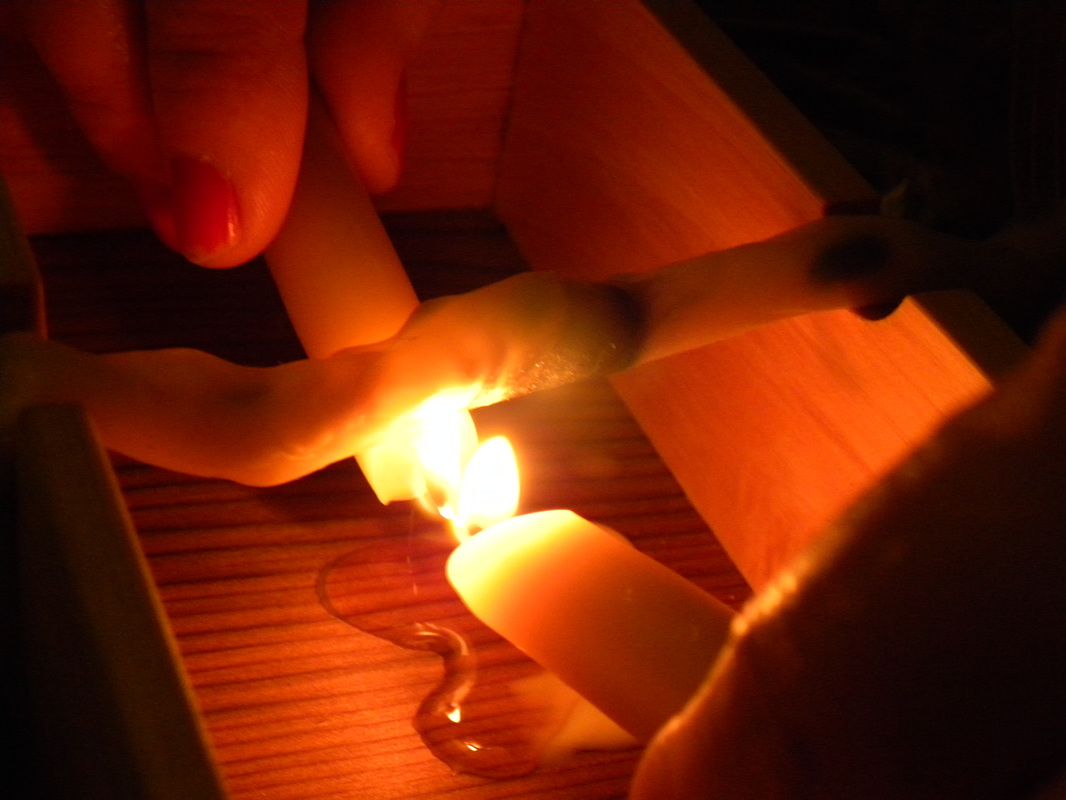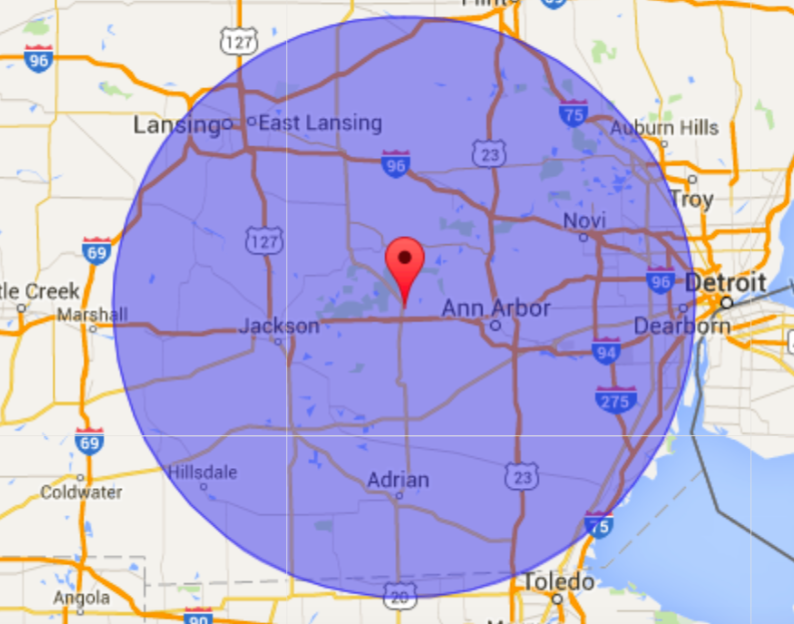 The physiology of pregnancy and birth are natural, yet miraculous events. The placenta and umbilical cord nourish the baby while it is in utero. A lovely way to honor this gift of nourishment is to burn the umbilical cord. Cord burning is a sacred process where the baby is separated from the gift of life, the placenta by cauterization. Cord burning eliminates the need for sterile tools to clamp and cut the cord. Environmentally cord burning eliminates the need for a plastic cord clamp or other disposable clamping devices. The umbilical cord is catheterized eliminating risk of infection with fire/heat. The heat is warming and brings energy, Chi to the newborn. Traditional Chinese Medicine (TCM) believes that the placenta holds Chi. During birth a lot of heat is lost. Cord burning brings heat and draws the vital essence from placenta to the baby, strengthening the baby (Couch, 2015). The cord burning process takes around 10 minutes. During the cord burning process a song can be sang, prayers can be said or the baby can be simply marveled at. Delayed cord clamping occurs when cord burning is practiced, ensuring that the baby receives all of its blood and stem cells from the placenta. Immediate cord clamping deprives the baby of 30% of the baby’s blood volume which can cause hypovolemia, anemia and the need for blood transfusion. Delayed cord clamping results in higher hematocrit and hemoglobin levels (Andersson, Hellström-Westas, Andersson, Dommellöf, 2011). What is needed for cord burning:
*If there is an oxygen tank in the room, be sure that it is turned off and not open* Process
*There may be popping sounds when the blood gases are escaping from the cord being burnt* More information can be found here: http://www.cordburning.com https://www.youtube.com/watch?v=VcsoTTj2vOA Cord Burning Boxes: Patricia Edmunds, Oregon midwife sells beautiful wood cord burning boxes. She can be reached here: [email protected] Ceramic Cord Burning Bowls: Heidi Hennigan 720-295-2492 Tnb.heidi@gmail.com www.TenderNewBeginnings.com References: Andersson, O., Hellström-Westas, L., Andersson, D., & Domellöf, M. (2011). Effect of delayed versus early umbilical cord clamping on neonatal outcomes and iron status at 4 months: a randomised controlled trial. Bmj, 343, d7157. Couch, P. (2015) Personal communication
2 Comments
Leave a Reply. |
AuthorCeleste Groenenberg BSM, CPM, LM Archives
February 2022
Categories |
|
OUR CHELSEA OFFICE is located at:
110 N Main Street #3, Chelsea, MI 48118 Upstairs & located near the "Kitty Face" toy store www.google.com/maps/place/110+N+Main+St,+Chelsea,+MI+48118/@42.3184476,-84.0224423,17z/data=!3m1!4b1!4m5!3m4!1s0x883ccc01bbaadceb:0x7d3948db4e160a60!8m2!3d42.3184476!4d-84.0202536 NEW JACKSON OFFICE: 510 E. McDevitt Avenue, Jackson, Michigan 49203 www.google.com/maps/place/510+E+McDevitt+Ave,+Jackson,+MI+49203/@42.1968296,-84.3990542,17z/data=!4m6!3m5!1s0x883d248a9f1b5eaf:0xa7048f9dca4aeccf!8m2!3d42.1968296!4d-84.3964793!16s%2Fg%2F11c29jq9zc?entry=ttu |
|

 RSS Feed
RSS Feed
